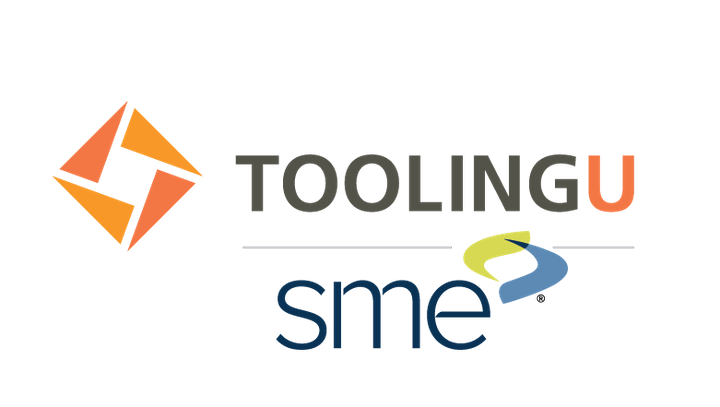Optimizing Tool Life and Process provides a detailed overview of the various considerations necessary for prolonging cutting tool life. This class describes the various types of tool wear and provides explanations for how each type of wear occurs, as well as ways to reduce and prevent them. Cutting tool wear types include flank wear, crater wear, notch wear, built-up edge (BUE), plastic deformation, thermal cracking, chipping, chip hammering, and fracture. Tool cost is a significant component of overall manufacturing expenditures. Additionally, longer tool life leads to higher production rates, as it reduces the time spent indexing or changing out cutting tools. By learning to recognize, lessen, and possibly prevent tool wear, operators can prolong tool life, reduce tool cost, and improve productivity. After taking this class, users will be able to identify common types of tool wear and strategies to reduce or prevent them from occurring.
Course ID
260250
Skill Focus
Advanced
Instructor(s)
Tooling U - SME
Employee Type
None
Method of Delivery
Online
Estimated Effort
60
Cost
Contact For Pricing
 Tooling U - SME
Tooling U - SME